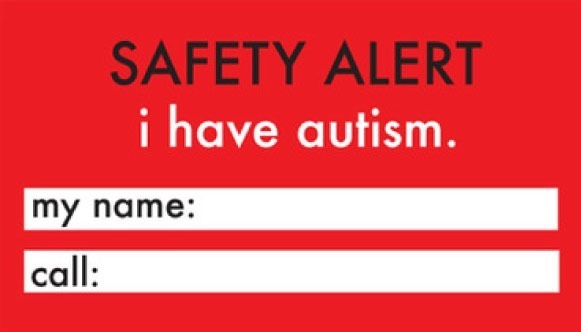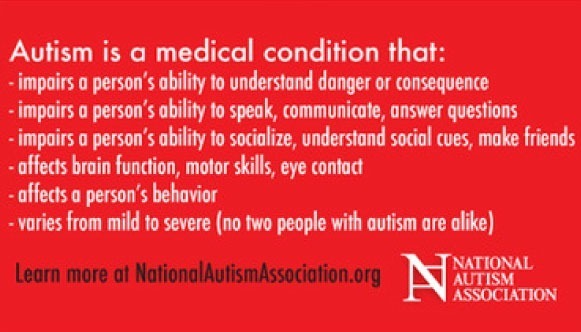Managing Autism Encounters in
Emergency and Crisis Situations
Key Points
- Police and first responders such as security guards, fire and rescue personnel (bomba) and RELA personnel should understand and recognise signs of autism to improve interactions and prevent misunderstandings.
- Everyone with autism is unique; you can’t always tell if someone is autistic. Consider autism if someone behaves unusually, as many are undiagnosed or choose not to disclose it.
- Use simple language, give extra response time, avoid sudden movements and loud noises, and maintain a calm environment.
- Prepare individuals with autism for encounters with police or first responders in different situations. Examples include encounters with shopping mall security guards, or in situations where police respond to calls about suspicious or aggressive behaviour.
- It takes a community to ensure the safety of individuals with autism.
Autistic individuals, like everyone else, may encounter police, first responders or other uniformed authorities in various situations. Examples include encounters with shopping mall security guards, during police traffic checks, or in situations where police respond to calls about suspicious or aggressive behaviour.
It’s important that police and other first responders understand autism to handle situations calmly and effectively. Standard protocols may not always work well for autistic individuals, leading to misunderstandings. However, with proper knowledge, they can better support autistic individuals.
This section will explore how autistic individuals, families/caregivers, community members, police and other first responders can protect the safety of autistic individuals during such encounters.
For autistic individuals, families and caregivers
If approached by a police officer or first responder of any kind, e.g. a security guard at the shopping mall, the following tips can help ensure the safety of an autistic person
Stay calm
- Try to stay calm. Most people get nervous around law enforcement. Take deep breaths in and out to calm yourself down.
Communicate that you are autistic
-
Tell the officer you are autistic. Show your OKU registration card or an autism information card



Request Support
-
An autistic individual who is stopped by police can tell the officer they want a family member or an advocate to be with them.
Listen and Follow Instructions
- Listen carefully to the officer’s questions or instructions.
- For example, if the officer asks you to stop moving, stop and keep your hands by your sides.
- If you don’t understand something or don’t know the answer, say, “I do not understand,” or “I do not know.”
Personal Boundaries
-
Do not touch the officer, their uniform, or anything they are holding.
Share Information
- It’s okay to give the officer personal information like your name, phone number, and address.
Wearing a medical ID bracelet such as this one or a DIY lanyard badge is highly recommended
Reduce Anxiety
-
Breathe in and out slowly to calm yourself.

Breathing Exercise for Kids and Families: In for 4, Hold for 4, Out for 4
- If you prefer a quieter spot or need headphones, tell the officer. You might say, “It is too loud here, can we please move to somewhere quieter?” or “The noise hurts my ears, can I wear my headphones?”
By following these tips, interactions with police, first responders or other uniformed authorities can be smoother and less stressful.
Everyone deserves to feel safe at home, in the community, and at work. Autistic individuals are important members of our community and should feel safe everywhere. We all need to work together as a community and understand autism to ensure their safety in interactions with police and first responders.
References:
1. National Autistic Society UK (2020). Autism: a guide for police officers and staff
2. Royal Malaysia Police (PDRM) (2019). Standard Operating Procedure for Arrest and Detention of Autists by Royal Malaysia Police (PDRM)

